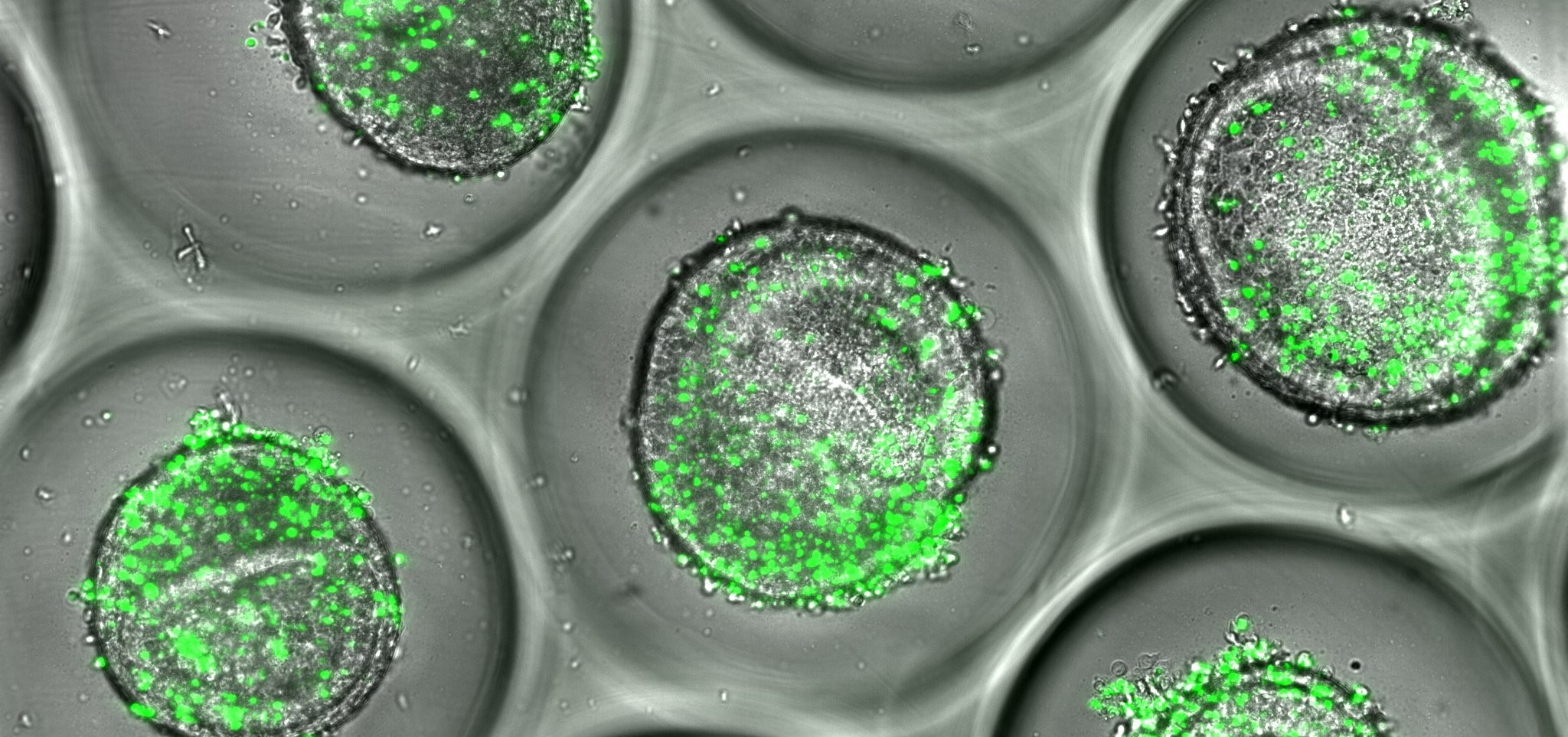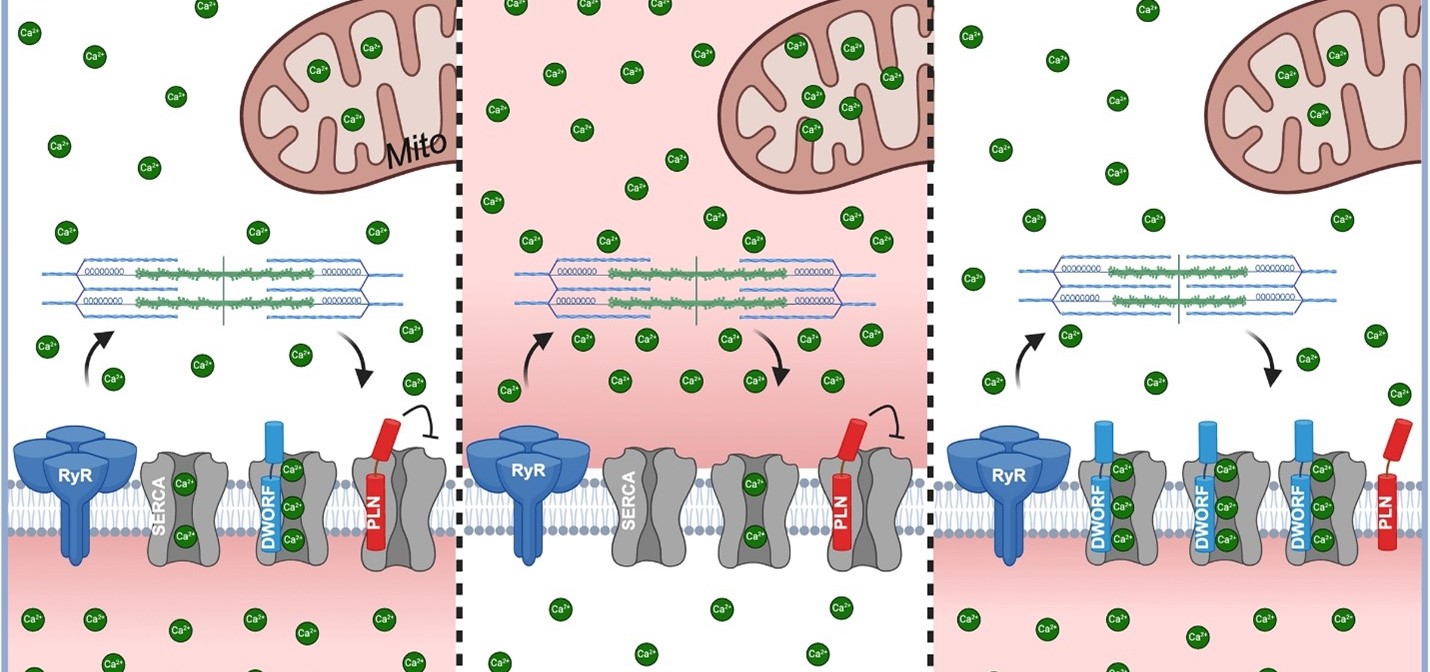Gucy1α1 Acts as Fibrosis Biomarker in Multiple Organs
Research By: Valeria Rudman-Melnick, MD, PhD | Prasad Devarajan, MD
Post Date: January 30, 2025 | Publish Date: Nov. 26, 2024

Researchers at Cincinnati Children’s have identified Gucy1α1 as a novel specific marker of fibrosis in kidney, heart, lung, and liver fibroblasts–a discovery that may have significant implications for treating multiple chronic diseases characterized by fibrosis.
Several human organs can be damaged by progressive fibrosis, including chronic kidney disease (CKD). In fact, about 14% of U.S. adults have CKD, including more than one third of those aged 65 and up, according to the United States Renal Data System. However, the complexity of the molecular and cellular mechanisms involved in fibrosis have slowed efforts to develop targeted treatments. Current approaches to trace and target activated fibroblasts lack the specificity needed to be safe and effective.
A study published Nov. 26, 2024, in Scientific Reports, led by first author Valeria Rudman-Melnick, MD, PhD, and corresponding author Prasad Devarajan, MD, Director, Division of Nephrology and Hypertension, examined how expression of the Gucy1α1 gene and protein changes over time in mouse models of chronic kidney disease. The findings reveal that Gucy1α1 strongly labels kidney fibroblasts, including fractions expressing currently used fibrosis markers such as αSma, Pdgfrβ, and Vim, throughout the injury progression.
“This discovery is important because unlike classically used non-specific markers, Gucy1α1 specifically and comprehensively labels only fibroblasts, without overlapping with several other off-target populations,” Devarajan says.
In addition to the mouse model findings, the research team found robust and specific Gucy1α1 expression in fibroblasts in chronically injured human kidney and lung tissues. Gucy1α1 also has been shown as a fibroblast marker in murine models of cardiac and liver fibrosis.
“Given its specific expression profile, targeting Gucy1α1 offers a promising strategy to mechanistically examine fibroblasts in future studies with immense translational potential in multiple organs plagued by disease progression,” Devarajan says.
About the study
Cincinnati Children’s co-authors also included Davy Vanhoutte, PhD, Kaitlynn Stowers, MS, Michelle Sargent, BS, Mike Adam, MS, Qing Ma, MD, Anne Karina Perl, PhD, Alexander Miethke, MD, Ashley Burg, PhD, Tiffany Shi, MS, David Hildeman, PhD, and Matthew Kofron, PhD. E. Steve Woodle, MD, University of Cincinnati Department of Surgery also contributed.
Funding sources included grants from the National Institutes of Health (P50 DK096418, RO1 HL13395 and F30 AI167482).
Don’t Miss a Post:
- Subscribe to the Research Horizons Newsletter
- Follow Cincinnati Children’s Research Foundation on BlueSky: @cincyresearch
| Original title: | Gucy1α1 specifically marks kidney, heart, lung and liver fibroblasts |
| Published in: | Scientific Reports |
| Publish date: | Nov. 26, 2024 |
Research By

As a postdoctoral researcher with academic background in both basic science and general medicine, I conduct several independent projects examining the novel molecular mechanisms of kidney fibrosis, tubular epithelial injury response, and genes involved in orchestrating acute-to-chronic kidney injury transition.

Our research focuses on three areas: Investigating the mechanisms, biomarkers and novel therapies for acute kidney injury; studying the pathogenesis and biomarkers for focal segmental glomerulosclerosis; and identifying lupus nephritis molecular pathways and biomarkers.







